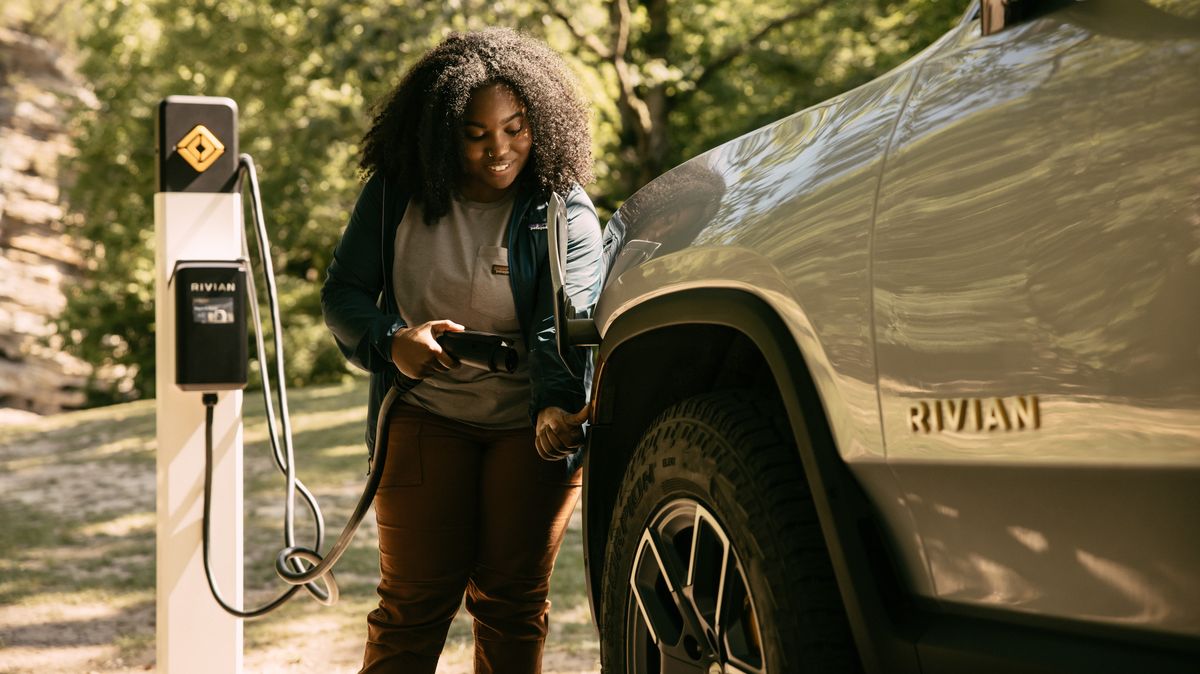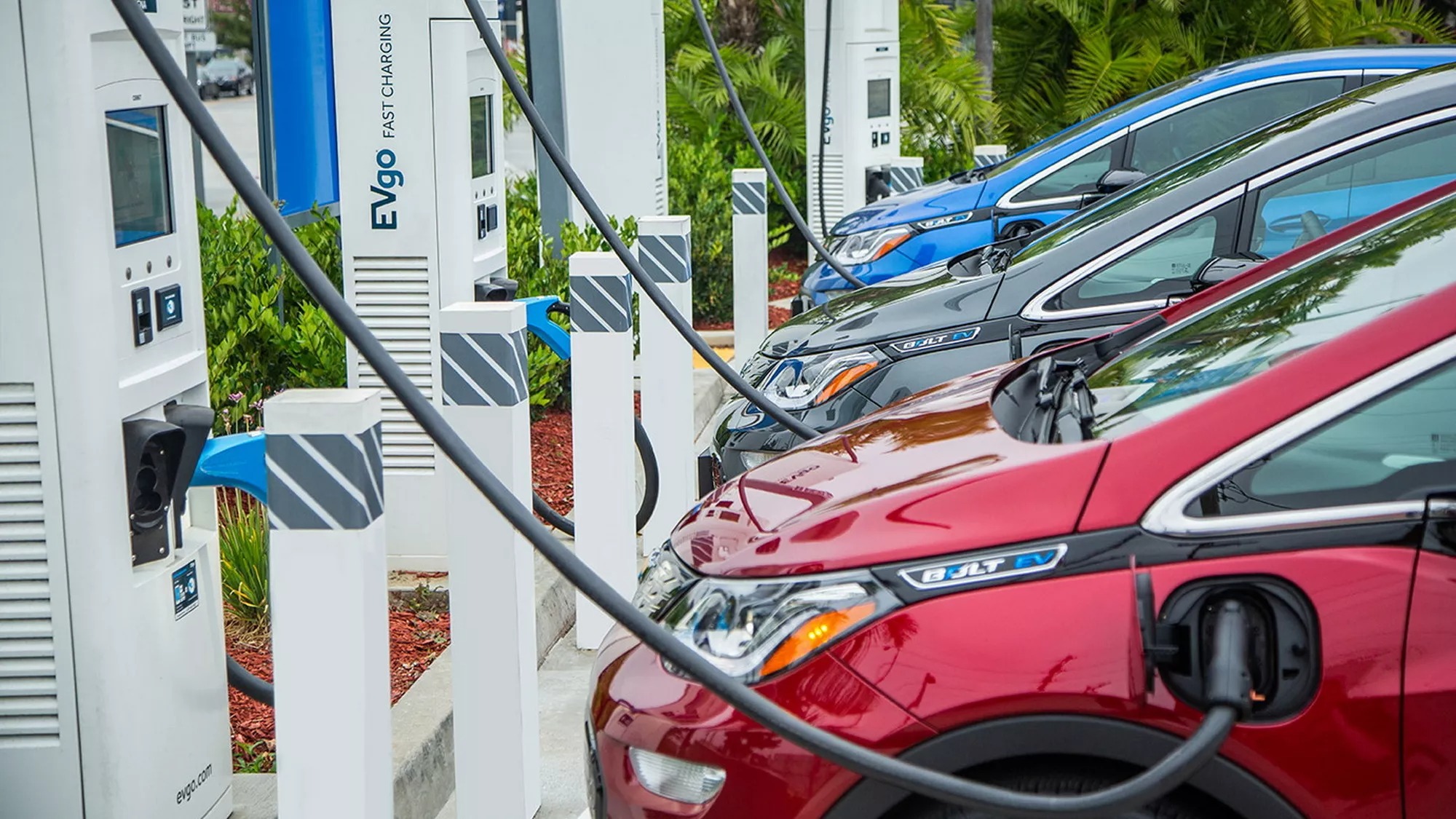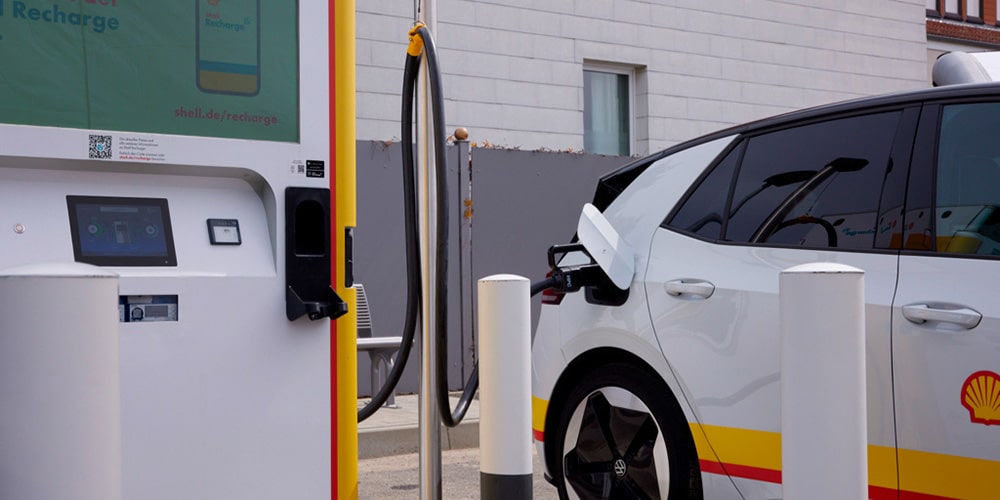As drivers across America increasingly adopt electric vehicles (EVs), hybrids, and more fuel-efficient gas-powered vehicles, states are grappling with a significant problem. While this shift saves drivers money in terms of running costs, it poses a substantial financial challenge for states due to the declining fuel tax revenue. To bridge this gap, states are now contemplating the implementation of a mileage-based road tax.
For decades, gas taxes have served as a vital source of revenue for the construction and maintenance of U.S. roads. However, the financial strain on states is projected to worsen if no action is taken. According to data from the U.S. Bureau of Labor Statistics, EV sales in the U.S. have grown from 0.1 percent in 2011 to 4.6 percent in 2021. Although this may seem like a relatively modest change, S&P Global Mobility anticipates that EVs will make up 40 percent of total vehicle sales by 2030.
See also: UK Faces £10 Billion Revenue Loss Per Year as Electric Vehicle Taxation Dilemma Emerges
Recognizing the urgency of the situation, several U.S. states have already begun addressing this challenge, with others likely to follow suit. However, the methods employed to tackle the issue vary across regions. One increasingly popular approach involves charging drivers based on the number of miles they drive. States such as Oregon, Utah, and Virginia have already implemented mileage-based charges, and Hawaii is set to join them. Additionally, the federal government is in the process of developing its own test program.
Under these voluntary schemes, drivers are required to install a small electronic device in their vehicles to track the number of miles traveled. At first glance, this system appears to be equitable, as it holds accountable those who contribute to higher road infrastructure wear by driving more miles.
Critics concerned with environmental implications may argue that this system treats individuals driving fuel-efficient vehicles the same as those operating gas-guzzling V8 engines. However, it’s worth noting that V8 drivers still pay higher taxes through traditional fuel taxes in addition to the mileage-based charges.
States are also exploring alternative approaches to compensate for the declining gas tax revenue. Some of these measures include levying taxes on public EV charging stations and imposing taxes on home deliveries made by companies like Amazon.
The question remains: Are drivers willing to pay a road tax based on their mileage? If not, what alternative solutions can be considered to offset the diminishing revenue from gas taxes? This issue raises a broader discussion on how states can ensure the sustainable funding of their road infrastructure, given the changing landscape of the automotive industry.
In the coming years, as EVs and fuel-efficient vehicles become increasingly prevalent, state governments must find innovative and fair ways to generate revenue for road maintenance and construction. Striking the right balance between encouraging the adoption of eco-friendly vehicles and ensuring a sustainable funding model for transportation infrastructure will be crucial for the continued development of the nation’s road network.







